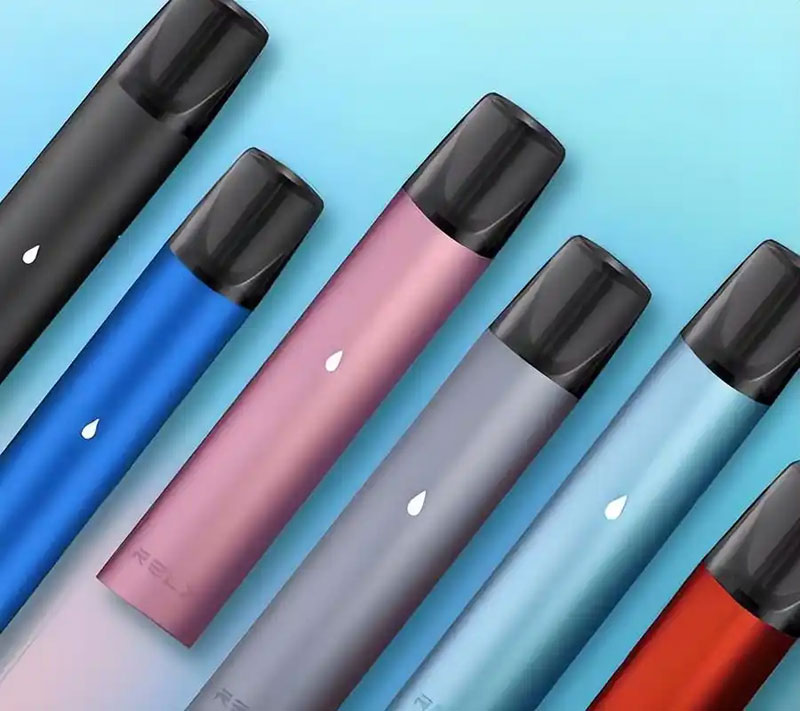The use of propylene glycol in e-cigarettes has become a hot topic in both vaping communities and health circles. Propylene glycol, known as PG, is a common ingredient in e-cigarette liquids that contributes to the overall vaping experience. But what exactly is propylene glycol, and how does it affect e-cigarette users?
To begin, propylene glycol is a synthetic liquid substance that absorbs water, and is commonly used in various food products, pharmaceuticals, and personal care items due to its ability to retain moisture. In e-cigarettes, propylene glycol serves as a base for the liquid, carrying flavors and nicotine efficiently into the vapor. Its low toxicity and ability to vaporize at relatively low temperatures make it a preferred choice among e-liquid manufacturers.
How Propylene Glycol Works in E-Cigarettes

When heated, propylene glycol transforms into a vapor that is inhaled by the user. This vaporization process is essential as it delivers the nicotine and flavors present in the liquid. Because propylene glycol is less dense than some alternatives like vegetable glycerin, it produces a thinner vapor, which can result in a stronger throat hit—a sensation often sought by ex-smokers transitioning from traditional cigarettes.
Health Implications of Propylene Glycol
While it is widely considered safe for ingestion, some concerns have been raised about inhaling propylene glycol. Common side effects reported include throat irritation and dry mouth, but serious health effects are rare. Studies suggest that propylene glycol, unlike cigarette smoke, does not contain harmful chemicals associated with lung diseases and cancer, yet continuous research is crucial to fully understand its long-term impact.
Propylene Glycol vs. Vegetable Glycerin
Inside the world of vaping, propylene glycol is often compared to vegetable glycerin (VG), another popular e-liquid ingredient. VG, derived from vegetables, offers a sweeter taste and thicker vapor, which can create larger clouds. The choice between PG and VG depends largely on personal preference. Some users enjoy the robust throat hit of PG, while others prefer VG’s smoother vapor.
- PG provides a strong throat hit.
- VG produces thicker vapor clouds.
- Combination of both is common for a balanced vape.

In terms of safety, both substances are deemed non-toxic and are approved by various food and drug agencies. Nonetheless, users should be aware of individual sensitivities, as some may experience mild allergic reactions to propylene glycol.
Common Concerns
Despite its widespread acceptance, some e-cigarette users raise concerns about allergies and sensitivities related to propylene glycol, often manifesting as minor irritations. For these individuals, searching for e-liquids that favor vegetable glycerin might be a viable path.
FAQs About Propylene Glycol
Q: Can propylene glycol cause allergies?
A: Yes, some users might be allergic to propylene glycol, experiencing mild symptoms like skin irritation or respiratory discomfort.
Q: Is propylene glycol safe for inhalation?
A: Generally regarded as safe, but inhalation effects continue to be studied for long-term impacts.
Q: How does propylene glycol impact the vaping flavor?
A: It efficiently carries flavor, offering a more distinct taste compared to VG.
